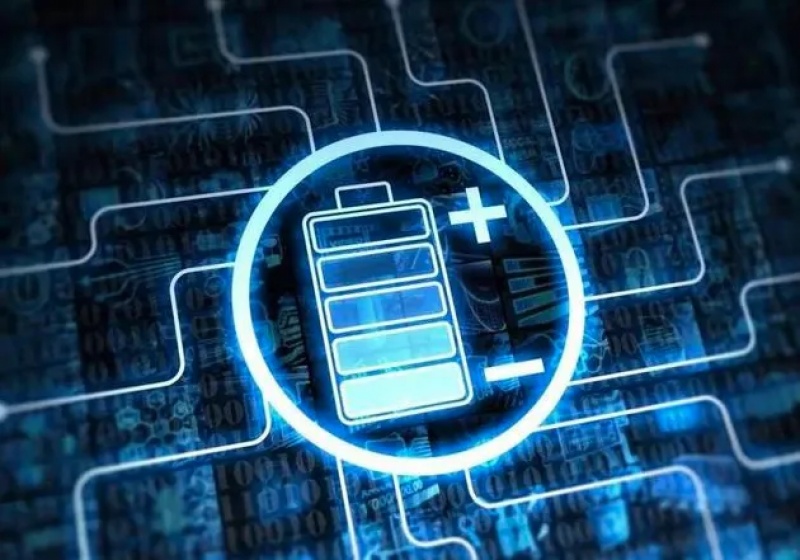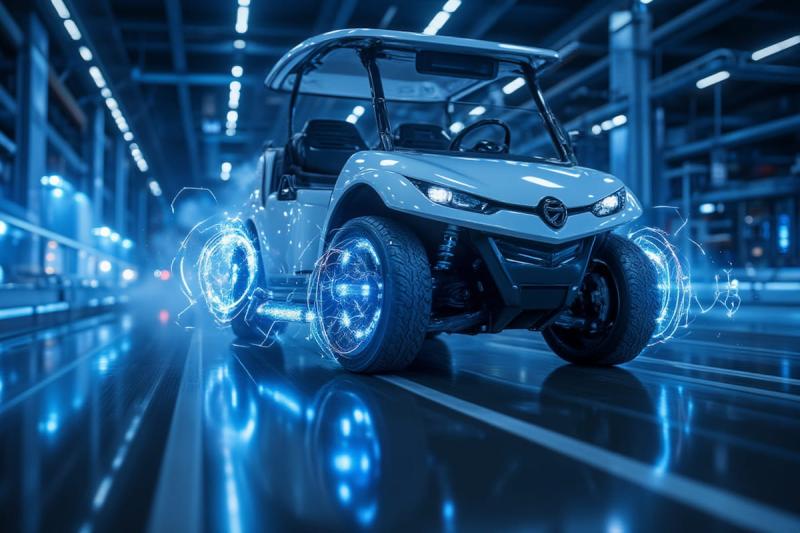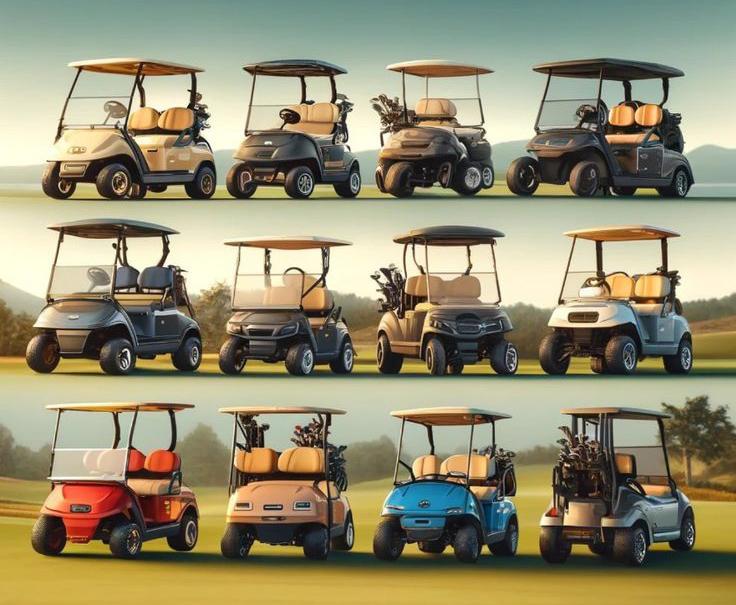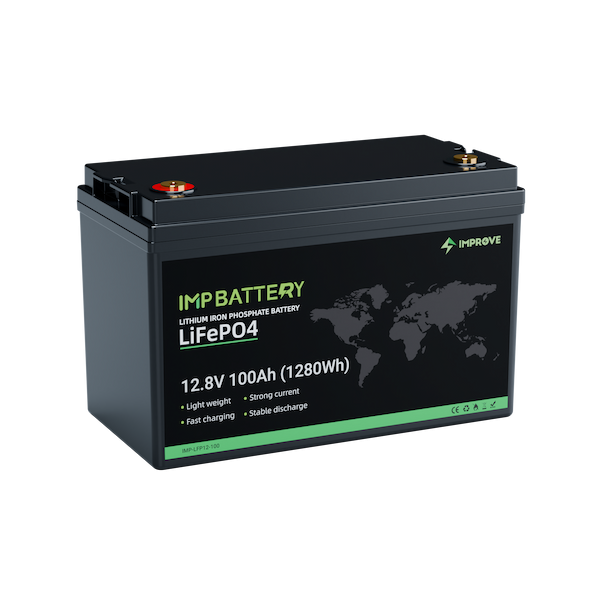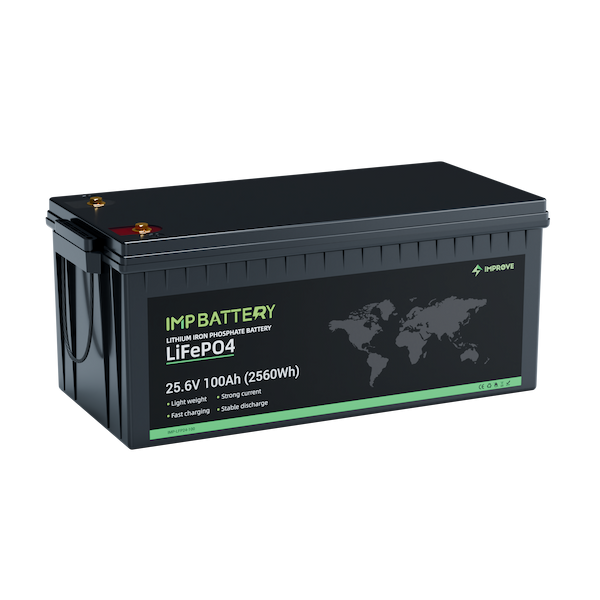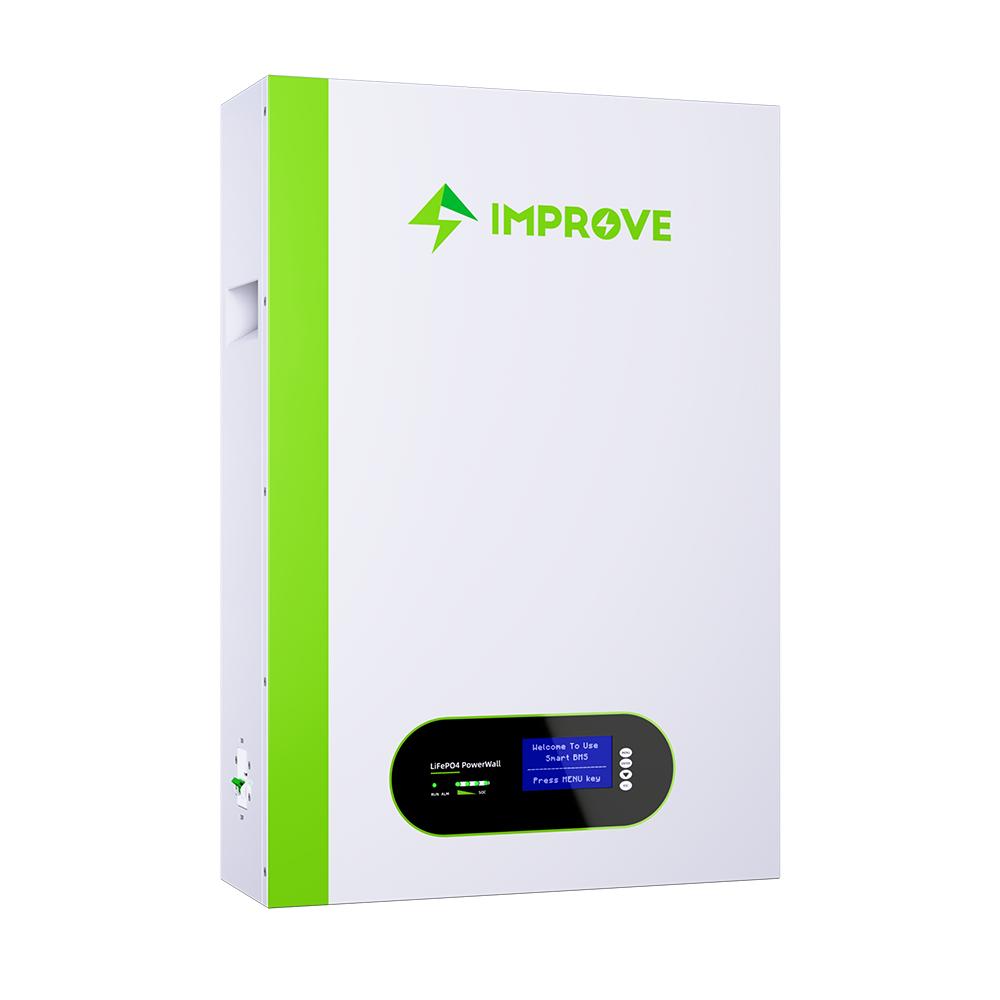As the source of power for electric vehicles, batteries are naturally one of the most important components. All uses of electric vehicles, such as battery life, charging and discharging, are inextricably linked with the performance of the battery. At present, domestic power batteries are mainly divided into two factions, which are divided into lithium iron phosphate and ternary materials according to the difference of cathode materials. Although both belong to secondary batteries and can be used repeatedly for charging and discharging, due to the difference in materials, there is still a relatively large difference in the performance reflected in the final use level.
The so-called lithium iron phosphate battery refers to a lithium ion battery using lithium iron phosphate as the positive electrode material. This type of battery is characterized by the absence of precious metal elements (such as cobalt, etc.). Since it does not contain precious metal materials, the raw material cost of lithium iron phosphate batteries can be compressed very low. In actual use, lithium iron phosphate batteries have the advantages of high temperature resistance, strong safety and stability, low price and better cycle performance.

Comparison of lithium iron phosphate battery and ternary lithium battery
1. Actual cycle life
For family vehicles, the rated cycle life of ternary materials and lithium iron phosphate power batteries far exceeds the usage habits of actual users, so they can be completely assured in terms of service life. In the case of good quality lithium iron phosphate batteries, the attenuation can be controlled within 5% in one year, and within 15% in the second year. For the ternary type, the decline is 7–10% in 1 year and 20–25% in 2 years. The theoretical life of a ternary lithium battery is 2,000 times, but basically the capacity decays to 60% after 1,000 cycles; even Tesla, the best brand in the industry, can only maintain 70% of its power after 3,000 cycles, while iron phosphate Lithium batteries have 80% capacity after the same cycle.
2. Low temperature performance
The low-temperature performance of lithium iron phosphate batteries is flawed. In Jiangsu and Zhejiang regions, under the temperature of 0–5 degrees in winter, the performance of lithium iron is about 75% of that in summer, and even lower under high-power vehicles and high-current conditions. At the same temperature, the ternary lithium battery is about 90% of the summer, and there is a decline, but it is not too obvious. In areas further north, the decline will be a little more. Customers in different regions must take this into consideration when choosing lithium battery materials.
3. Discharge linearity
Simply put, discharge linearity is the relationship between remaining power and voltage. Due to the material characteristics of iron-lithium batteries, there are high-voltage regions, platform regions and low-voltage regions for discharge. In the high-voltage and low-voltage regions, the voltage drops very fast, and in the platform region, the drop is very full. In fact, due to the very steep charge-discharge curves in the high-voltage and low-voltage regions of iron-lithium batteries, even a small amount of electricity can cause significant changes in voltage.


